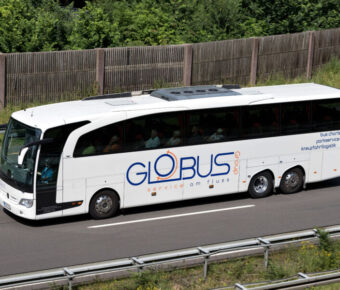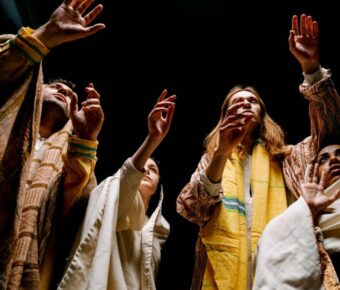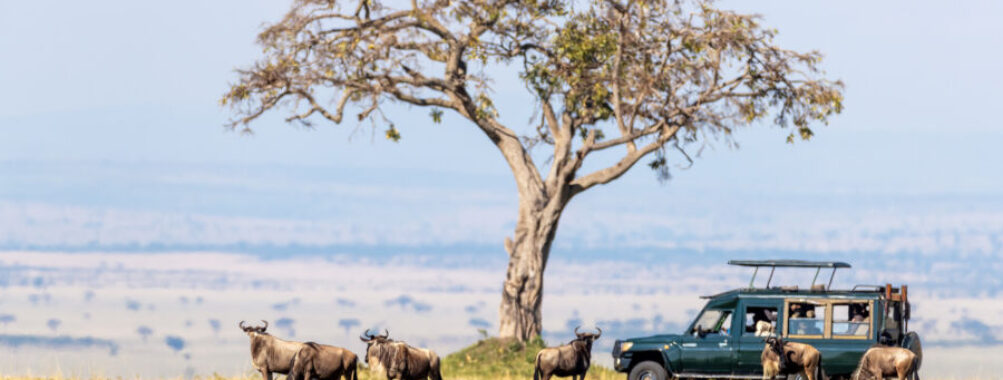
Kenya Trip Cost: Affordable Safari Adventure for Under $2000
Planning a trip to Kenya? You’re in for an unforgettable adventure! Kenya offers amazing wildlife, stunning landscapes, and rich culture. But how much will it cost? A typical one-week trip to Kenya for two people costs around $4,500, including flights, accommodation, food, and activities. This breaks down to about $321 per day for a couple.
Kenya can fit many budgets. You can spend as little as $59 per day if you’re frugal, or splurge up to $300 daily for luxury. Your biggest expenses will be flights and safaris. Flights from the US or Europe often range from $800 to $1,400 per person. Safari packages vary widely, from budget camping trips to high-end lodges.
Don’t let costs scare you off! With smart planning, you can have an amazing Kenya trip without breaking the bank. We’ll look at ways to save on hotels, food, and activities while still having an awesome time. Kenya’s beauty and adventures are worth every penny.
Contents
- Key Takeaways
- Understanding Kenya Travel Costs
- Planning Your Budget
- Flight Costs
- Accommodation Types and Costs
- Daily Expense Estimates
- Transportation In-Depth
- Getting Around Kenya
- Costs and Tips for Transport
- Accommodation Deep Dive
- Choosing Where to Stay
- Cost-Effective Lodging
- Activities and Attractions
- Safari Experiences
- Exploring Cities and Beaches
- Seasonal Events and Costs
- Practical Tips for Budget Travelers
- More Travel Guides
Key Takeaways
- A week in Kenya costs about $4,500 for two people, including flights
- Daily budgets range from $59 to $300 per person
- Smart planning can help you save on accommodations and activities
Understanding Kenya Travel Costs
Planning a trip to Kenya? Let’s break down the costs so you can budget wisely. Kenya isn’t the cheapest destination, but it’s not outrageously expensive either.
Your biggest expense will likely be accommodation. Expect to pay around $100 per night for a decent hotel. If you’re on a tight budget, hostels or guesthouses can be found for $20-40 per night.
Food costs vary widely. Street food and local restaurants are cheap – you can eat well for $5-10 per meal. Tourist restaurants are pricier, around $15-25 per person.
Transportation can add up quick. Domestic flights between parks run $100-200 one-way. Hiring a driver/guide costs $100-150 per day. Public buses are dirt cheap but slow and uncomfortable.
Park fees are another big expense. Entry to popular spots like Masai Mara costs $70-80 per day for foreigners. Don’t forget about visa fees too – $50 for most visitors.
Activities like safaris, hot air balloon rides, and scuba diving range from $50-500 depending on what you choose.
Some sample daily budgets:
• Backpacker: $50-75
• Mid-range: $150-250
• Luxury: $400+
With some smart choices, you can have an amazing Kenya adventure without breaking the bank. Just plan ahead and set priorities for where to splurge and where to save.
Planning Your Budget
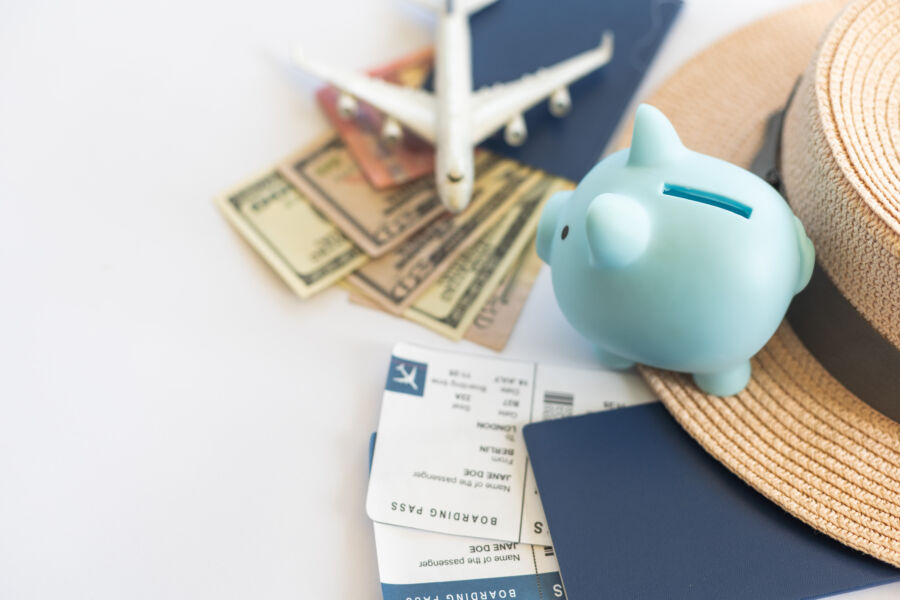
Planning a trip to Kenya requires careful budgeting. Let’s break down the main costs you’ll face and how to plan for them.
Flight Costs
Getting to Kenya can be pricey, but with some smart planning, you can save. Flights from the US to Nairobi often range from $800 to $1500 round-trip. Europe-Kenya flights are usually cheaper, starting around $500.
To find the best deals, be flexible with your dates. Off-season travel (April-June) often means lower fares. Use flight comparison tools to search for the cheapest options. Book 2-3 months in advance for good prices.
Consider budget airlines, but watch for extra fees. Sometimes a layover can save you hundreds. Just make sure it’s not so long that you need a hotel.
Accommodation Types and Costs
Kenya offers a range of places to stay, from basic to luxury. Hostels in Nairobi start around $10 per night. Budget hotels go for $30-50. Mid-range options cost $60-100.
For safaris, lodges can be pricey. Expect to pay $150-300 per night for decent spots. Camping is way cheaper, often under $50 a night with your own gear.
Airbnb is popular in cities. You can find whole apartments for $40-80 per night. This is great for groups or longer stays.
Remember, prices jump in peak season (July-September). Book early to avoid this.
Daily Expense Estimates
Your daily costs in Kenya depend on your style. Budget travelers can get by on $50-60 per day. This covers basic rooms, local food, and some activities.
Mid-range travelers should plan for $100-150 daily. This allows for nicer hotels, restaurants, and more tours.
Food is fairly cheap. Street food costs $2-5 per meal. Restaurants range from $5-20. Local beer is about $2-3.
Transport varies. City buses cost less than $1. Taxis start at $5 for short trips. For longer distances, domestic flights save time but cost more.
Don’t forget park fees. They’re often $30-80 per day, depending on the park. These add up fast on safaris.
Transportation In-Depth

Getting around Kenya can be an adventure in itself. You’ll find a mix of transport options to suit different budgets and travel styles.
Getting Around Kenya
Kenya offers various ways to travel between cities and attractions. Buses are a cheap option for long-distance trips. Matatus, the local minibuses, zip around towns and cities. They’re affordable but can be crowded.
For more comfort, try cheap car rentals. You’ll have freedom to explore at your own pace. Just be ready for some bumpy roads!
Domestic flights save time if you’re covering big distances. Kenya Airways and smaller airlines connect major cities and tourist spots.
In cities, taxis and ride-hailing apps like Uber are handy. They’re pricier than public transport but offer door-to-door service.
Costs and Tips for Transport
Budget about $15-30 per day for transport in Kenya. This covers a mix of local and long-distance travel.
City buses and matatus are the cheapest at less than $1 per ride. Intercity buses range from $10-30 depending on distance.
Renting a car costs around $40-80 per day. Factor in fuel costs too. Taxis within cities typically run $5-15 per trip.
Domestic flights can vary widely, from $50-200 one-way. Book in advance for better deals.
Tips: Always agree on taxi fares before starting your journey. For matatus, ask locals about standard fares to avoid overcharging.
Consider buying a local SIM card. It’ll help you use ride-hailing apps and navigate public transport schedules.
Accommodation Deep Dive

Finding the right place to stay in Kenya can make or break your trip. Let’s look at how to choose accommodations and save money without sacrificing comfort.
Choosing Where to Stay
Kenya offers a wide range of lodging options. You’ll find everything from basic hostels to luxury safari lodges. Cities like Nairobi and Mombasa have more choices, while rural areas may have fewer options.
Think about what’s important to you. Do you want to be close to attractions? Is a pool a must-have? Make a list of your needs and wants.
Location matters too. Staying in the city center might cost more, but you’ll save on transport. If you’re on a safari, lodges inside the parks offer great wildlife viewing but come with a higher price tag.
Don’t forget to read reviews from other travelers. They can give you real insights into what to expect.
Cost-Effective Lodging
You don’t have to break the bank to find a good place to stay in Kenya. Hostels are a budget-friendly option, with dorm beds starting around $10-15 per night. If you prefer more privacy, guesthouses and budget hotels offer rooms from $30-50.
For longer stays or group travel, vacation rentals can be a smart choice. They often work out cheaper than hotels and give you the bonus of a kitchen to cook your own meals.
Traveling in the low season (April to June) can save you money. Many places offer discounts to fill rooms. Don’t be shy about asking for deals, especially for longer stays.
Booking sites can help you compare prices and find deals. But also check hotel websites directly – sometimes they offer better rates.
Remember, the cheapest option isn’t always the best value. Factor in location, amenities, and transport costs when making your decision.
Activities and Attractions
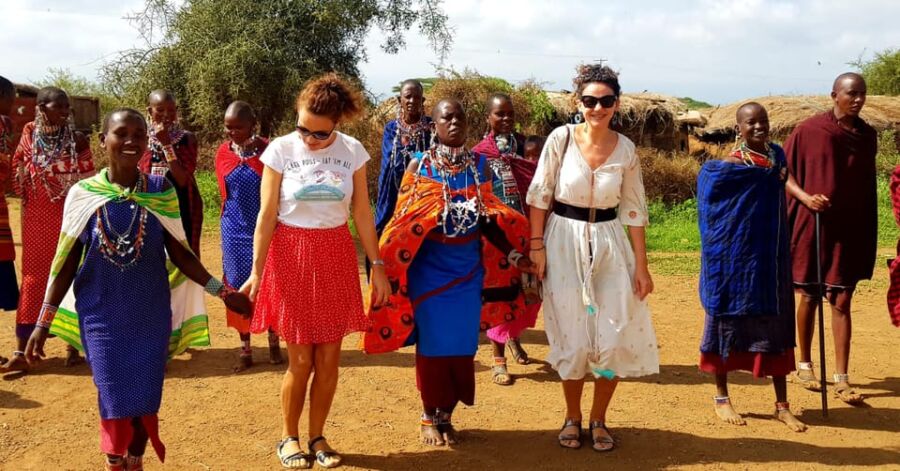
Kenya offers amazing experiences for travelers. From wildlife safaris to city explorations and beach getaways, there’s something for everyone. The costs can vary depending on what you choose to do and when you visit.
Safari Experiences
A safari is a must-do in Kenya. You can spot the Big Five in the Maasai Mara or Nairobi National Park. Prices range from $100 to $500 per day, depending on the park and accommodation type. Budget-friendly options include self-drive safaris or joining group tours.
For a unique experience, try a hot air balloon ride over the Maasai Mara. It’s pricey at around $450 per person, but the views are unforgettable.
Don’t forget to book your safari activities in advance to secure better rates and availability.
Exploring Cities and Beaches
Nairobi, Kenya’s capital, offers urban adventures. Visit the Giraffe Centre for about $15 or the Bomas of Kenya cultural center for $10. Mombasa, on the coast, blends history with beach vibes.
Diani Beach is perfect for relaxation or water sports. Snorkeling trips cost around $30, while kite surfing lessons start at $50 per hour.
City tours in Nairobi or Mombasa range from $30 to $100, depending on the duration and inclusions. Walking tours are often the cheapest option.
Seasonal Events and Costs
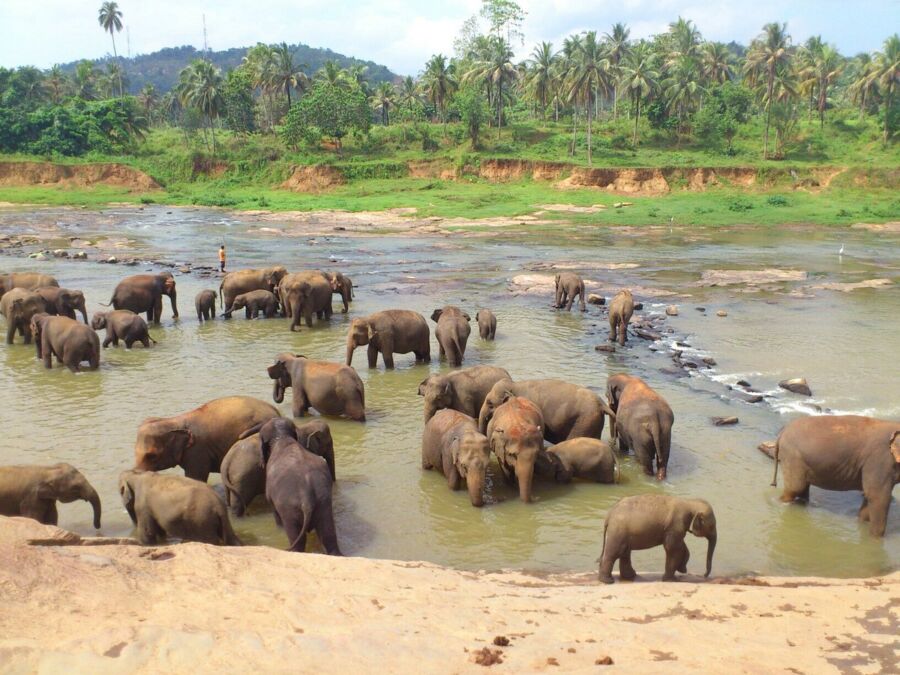
The Great Migration, when wildebeest cross the Mara River, happens from July to October. Prices for lodges and safaris can double during this time.
Low season (April to June) offers great deals on activities and accommodations. You might catch some rain, but you’ll save money and avoid crowds.
Cultural festivals like the Lake Turkana Cultural Festival in June are free to attend, but getting there can be costly. Budget about $200 for transportation and basic accommodations.
Book activities and tours ahead of time to lock in better prices, especially during peak seasons.
Practical Tips for Budget Travelers

Want to explore Kenya without breaking the bank? You’re in luck! Here are some money-saving tricks to help you make the most of your trip.
First up, timing is key. Try to visit during the low season (April-June, October-November) when prices drop. You’ll find better deals on lodging and activities, plus fewer crowds.
Speaking of lodging, skip the fancy resorts. Opt for budget-friendly guesthouses or hostels instead. Many areas have clean, comfy spots for as little as $10-20 per night.
Eating local is another great way to save cash. Street food and small local restaurants offer tasty, authentic meals for just a few bucks. Don’t be afraid to try ugali or nyama choma!
For getting around, public transportation is your friend. Matatus (local minibuses) are cheap and an adventure in themselves. Just be prepared for a bumpy ride!
When it comes to activities, look for free or low-cost options. Many national parks offer budget-friendly hiking trails. And beaches like Diani are perfect for relaxing without spending a dime.
Lastly, don’t forget to bargain at markets. It’s expected and can save you some serious shillings on souvenirs. Just be friendly and respectful about it.

